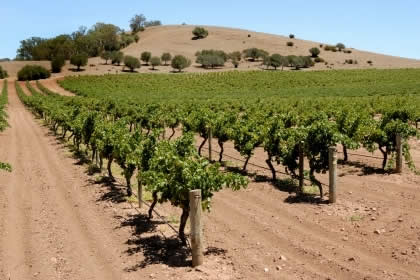Have Paris’ notoriously high lodging and food costs prevented you from planning a trip to the City of Lights? There are plenty of ways to plan a cost-effective trip to Paris.
Since Lodging can be one of the major components of one’s budget, the key to planning a reasonably priced trip to Paris is avoiding the well-known or touristy areas.
The city of Paris is divided into 20 arrondissements (administrative districts that each have their own unique character). As a general rule, arrondissements that are near the Seine (the river that divides Paris into two sections – the Right Bank and the Left Bank) are pricey in terms of lodging, shopping and food. However, as you move further out from the river, lodging becomes much more affordable.
Here are suggestions for four arrondissements that offer great prices on lodging, food and shopping and provide visitors with a more “authentically Parisian” experience than some of the more touristy areas. Remember: Paris’ public transportation, including its famous metro, is excellent. Just because you stay in an area doesn’t mean you have to spend all of your time there. However, I’ve had some of my best Parisian experiences in these charming residential areas, away from the frenetic touristy energy that exists as you move closer to the Seine.

The city of Paris is divided into 20 arrondissements (administrative districts) that spiral like a snail shell around the Seine River.
The 12th Arrondissement
The 12th arrondissement is located on the Right Bank and is one of the largest arrondissements in Paris. It is famous for the expansive Bois de Vincennes, an urban green space, Place de la Bastille, a square commemorating the Storming of the Bastille and the French Revolution and the Opera de la Bastille, the second largest opera house in Paris. It is also home to Gare de Lyon train station. It is home to mostly young professionals.
Metro stops: Picpus, Reuilly-Diderot, Porte Dorée, Bercy and Bastille are the most commonly used metro stops in the 12th arrondissement.
The 11th Arrondissement
Located on the Right Bank, Paris’ well-populated 11th arrondissement is home to a wide array of Parisians. The area is best known for the fashionable Faubourg Saint-Antoine, an area characterized by cafés, restaurants, and nightlife, boutiques and galleries. Rue Oberkampf is characterized by its gritty Parisian charm. This is the place to go to bump elbows with locals in funky, casual eating and drinking establishments.
Metro stops: Ledru-Rollin, Bastille, Belleville and Oberkampf are some of the largest and mostly commonly used metro stops in the 11th arrondissement.
The 10th Arrondissement
Located on the Right Bank, the working class 10th arrondissement is best known for the Canal St. Martin and the vibrant restaurants and cafés that line this narrow waterway. In recent years, the 10th has recently welcomed an array of bars and nightclubs that made the area an “off the beaten path” hotspot. The 10th is also home to two of Paris’ major train stations, Gare de l’est and Gare du Nord. Spending time in this multicultural neighborhood will definitely make you feel like you’re in the “real” Paris.
Metro stops: Gare du Nord, Gare de l’est, Barbes- Rochechouart, Belleville, Bonne Nouvelle, Republique and Stalingrad are some of the largest and mostly commonly used metro stops in the 10th arrondissement.
The 13th Arrondissement
Located on the Left Bank, the 13th arrondissement is still experiencing growth in it’s population, which is largely comprised of Asian immigrants. This is the place to go to find fresh, inexpensive Asian cuisine and a variety of unique souvenirs. Popular with students, the 13ieme is known for its relaxed vibe, numerous public parks, and wide array of eateries.
Metro stops: Gobelins, Place d’Italie, Nationale, Tolbiac, Olympiades and Porte de Choisy are the most commonly used metro stops in the 13th arrondissement.
